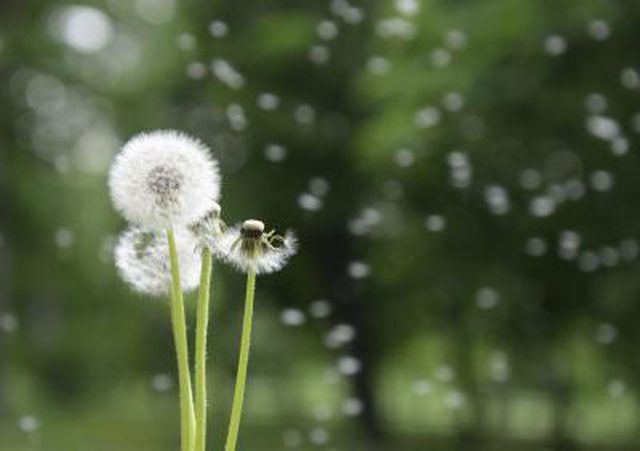Bulbs
Flower Basics
Flower Beds & Specialty Gardens
Flower Garden
Garden Furniture
Garden Gnomes
Garden Seeds
Garden Sheds
Garden Statues
Garden Tools & Supplies
Gardening Basics
Green & Organic
Groundcovers & Vines
Growing Annuals
Growing Basil
Growing Beans
Growing Berries
Growing Blueberries
Growing Cactus
Growing Corn
Growing Cotton
Growing Edibles
Growing Flowers
Growing Garlic
Growing Grapes
Growing Grass
Growing Herbs
Growing Jasmine
Growing Mint
Growing Mushrooms
Orchids
Growing Peanuts
Growing Perennials
Growing Plants
Growing Rosemary
Growing Roses
Growing Strawberries
Growing Sunflowers
Growing Thyme
Growing Tomatoes
Growing Tulips
Growing Vegetables
Herb Basics
Herb Garden
Indoor Growing
Landscaping Basics
Landscaping Patios
Landscaping Plants
Landscaping Shrubs
Landscaping Trees
Landscaping Walks & Pathways
Lawn Basics
Lawn Maintenance
Lawn Mowers
Lawn Ornaments
Lawn Planting
Lawn Tools
Outdoor Growing
Overall Landscape Planning
Pests, Weeds & Problems
Plant Basics
Rock Garden
Rose Garden
Shrubs
Soil
Specialty Gardens
Trees
Vegetable Garden
Yard Maintenance
The Life Cycle of a Dandelion
The Life Cycle of a Dandelion. Dandelion (Taraxacum officinale) is a perennial weed that belongs to the Asteraceae or sunflower family. This weed has European origins and grows well in U.S. Department of Agriculture plant hardiness zones 3 through 9 and in all types of soil, doing best in full sun. Alternate names include fairy clock, Irish daisy,...

Dandelion (Taraxacum officinale) is a perennial weed that belongs to the Asteraceae or sunflower family. This weed has European origins and grows well in U.S. Department of Agriculture plant hardiness zones 3 through 9 and in all types of soil, doing best in full sun. Alternate names include fairy clock, Irish daisy, monk's head, puffball and swine's snout. Dandelions continually bloom and reseed themselves, making this weed difficult to remove from lawns.
Germination
As soon as temperatures warm in the spring to at least 50 degrees Fahrenheit, dandelions buds start to appear in lawns. The taproot of a dandelion is usually about 6 to 18 inches underground, and the buds sprout from the upper part of the root. Serrated leaves sprout from the ground; they can be up to 14 inches long and 3 inches wide in a circular pattern extending from the root. Seeds germinate throughout the growing season and the plant remains in the seedling stage for approximately eight to 15 weeks.
Flowering
Dandelion flowers are bright yellow and sit on top of a 6- to 24-inch stalk. The elongated petals radiate outward from the center button. Flowers appear soon after the seedling stage when leaves develop. The blossoms and seed heads persist throughout the life of the plant and dandelion plants can live for several years.
Seed Dispersal
The dried flower heads that have gone to seed look like puffballs made of small 1/8-inch seeds. The ends of each seed have a parachute-type structure on the tip, allowing the wind to blow them around for many miles for seed dispersal. The seeds land and begin a new germination cycle in warm, moist soil.